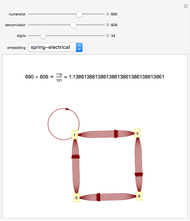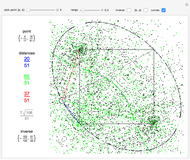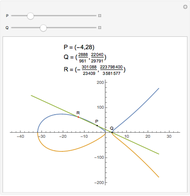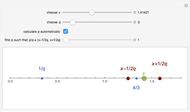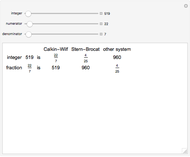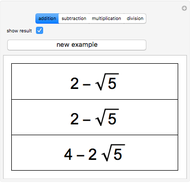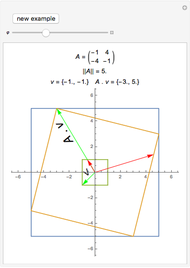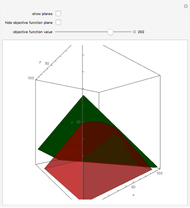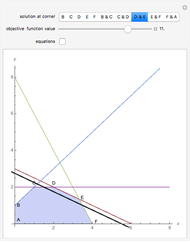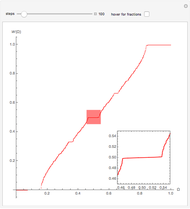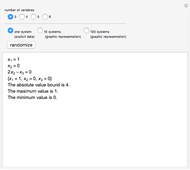A Conjecture of Apoloniusz Tyszka on the Addition of Rational Numbers

Requires a Wolfram Notebook System
Interact on desktop, mobile and cloud with the free Wolfram Player or other Wolfram Language products.
This Demonstration illustrates a conjecture of Apoloniusz Tyszka on the set of solutions of a system of linear equations in  variables
variables  ; the equations are all of the form
; the equations are all of the form  or
or  for
for  . The conjecture states if such a system has a solution, then there is a solution such that
. The conjecture states if such a system has a solution, then there is a solution such that  for all
for all  .
.
Contributed by: Apoloniusz Tyszka (Hugo Kollataj University, Krakow) (March 2011)
Additional work by: Andrzej Kozlowski
Open content licensed under CC BY-NC-SA
Snapshots
Details
Let  be a natural number and
be a natural number and  denote the set of equations
denote the set of equations  . A conjecture of Apoloniusz Tyszka states that any consistent system
. A conjecture of Apoloniusz Tyszka states that any consistent system  has a solution consisting of rationals belonging to
has a solution consisting of rationals belonging to  . Each consistent system
. Each consistent system  of this kind can be enlarged to a system
of this kind can be enlarged to a system  with a unique solution. This Demonstration considers these enlarged systems.
with a unique solution. This Demonstration considers these enlarged systems.
For  , there are only 48 solutions, so they are computed and displayed. If you choose 100 systems, there will therefore be no change when you click the randomize button. For
, there are only 48 solutions, so they are computed and displayed. If you choose 100 systems, there will therefore be no change when you click the randomize button. For  , the total number of solutions is still small enough to be computed (confirming the conjecture in this case) but too large to be displayed. Thus the solutions are computed deterministically but a randomly chosen sample is shown. For
, the total number of solutions is still small enough to be computed (confirming the conjecture in this case) but too large to be displayed. Thus the solutions are computed deterministically but a randomly chosen sample is shown. For  and
and  , the number of solutions is too large to compute so a random collection of systems is chosen and their maximal and minimal values are displayed on bar charts.
, the number of solutions is too large to compute so a random collection of systems is chosen and their maximal and minimal values are displayed on bar charts.
Note that the system of equations:

always has the solution  , containing a number of the maximal conjectured size.
, containing a number of the maximal conjectured size.
Reference: A. Tyszka, "Some Conjectures on Addition and Multiplication of Complex (Real) Numbers," arXiv:0807.3010.
Permanent Citation






